Deputy President Rigathi Gachagua has encountered a significant political setback that could undermine his advocacy for the “One-man, One-vote, One-shilling” agenda.
Recent reports have revealed that his home region of Mt Kenya received 45% of this year’s revenue allocation to counties, contradicting his earlier claims of financial neglect.
The revelation comes from the Star Newspaper’s Wednesday, June 12 edition, which detailed the distribution of Kshs 400 billion among the counties.
According to the report, the Mt Kenya region emerged as the leading recipient, followed by North Eastern and President William Ruto’s Rift Valley region.Gachagua has been a vocal proponent of the “One-man, One-vote, One-shilling” narrative, asserting that Mt Kenya has historically been shortchanged in resource allocation.
This agenda aims to rectify perceived inequalities in the distribution of national resources by linking allocations more directly to population size and voter representation.
However, the recent allocation figures challenge Gachagua’s narrative, suggesting that Mt Kenya has not been disadvantaged as claimed.
The substantial allocation to his home region could diminish the urgency and legitimacy of his campaign, presenting a rude political shock and a potential slap in the face for the Deputy President.
The discrepancy between Gachagua’s claims and the actual allocations may impact his political influence and credibility.
His assertion that the One-man, One-vote, One-shilling policy is necessary to address resource inequalities now appears less convincing.
This development could weaken his support base and make it more difficult to rally allies around his agenda.
The allocation report has broader implications for the ongoing debate about resource distribution in Kenya.
It underscores the complexity of ensuring equitable allocation across diverse regions, each with its unique needs and challenges.
While the Mt Kenya region has secured a significant portion of the revenue, other regions continue to vie for a fair share of national resources, highlighting the persistent challenges in achieving true equity.
Critics of Gachagua’s agenda may use the new data to argue that the current system is already fair and that further adjustments are unnecessary.
Supporters might point to the high allocation as evidence that their advocacy efforts have been successful and that continued vigilance is needed to maintain fair distribution.
The political ramifications for Gachagua are significant. As he navigates this new landscape, he will need to address the apparent contradiction between his narrative and the recent allocation figures.
This could involve recalibrating his message, emphasizing other aspects of resource distribution, or focusing on different issues that resonate with his constituents.
The Deputy President’s push for the One-man, One-vote, One-shilling agenda faces a critical test.
The coming weeks and months will reveal whether Gachagua can adapt to this setback and continue to champion his cause effectively or if this development will permanently alter the trajectory of his political career.
This situation illustrates the dynamic nature of Kenyan politics, where shifting alliances, emerging data, and public perception play crucial roles in shaping the discourse.
As leaders like Gachagua strive to advocate for their regions, they must continually adapt to new information and changing political landscapes to maintain their influence and effectiveness.






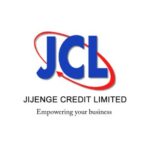


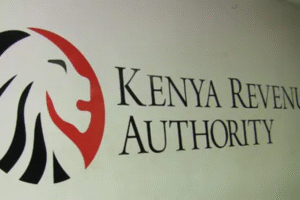
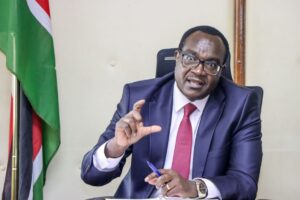
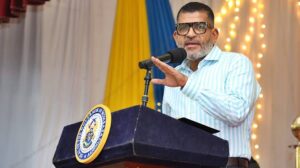

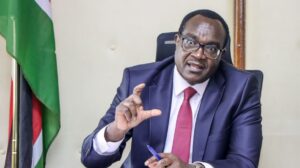
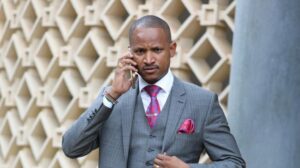





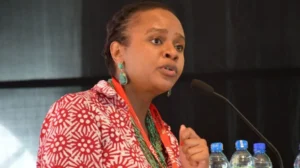
Add Comment